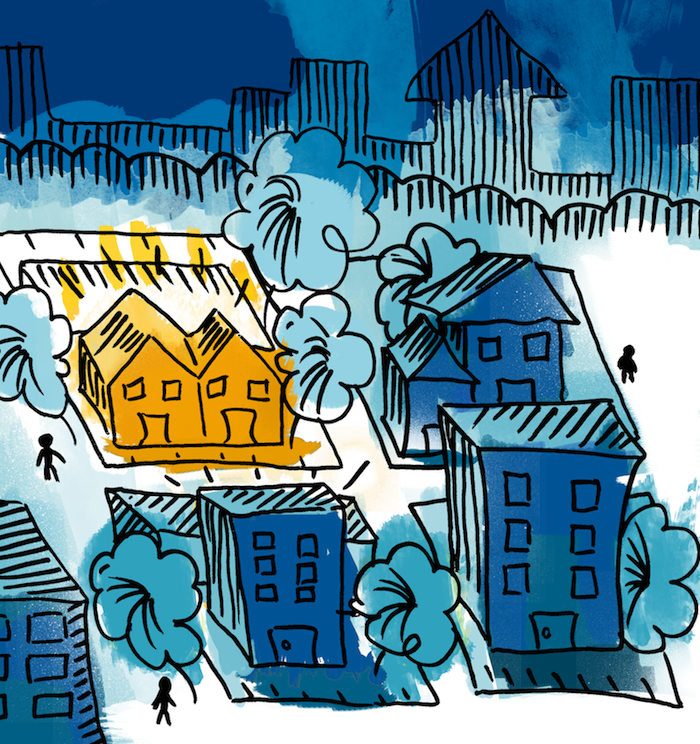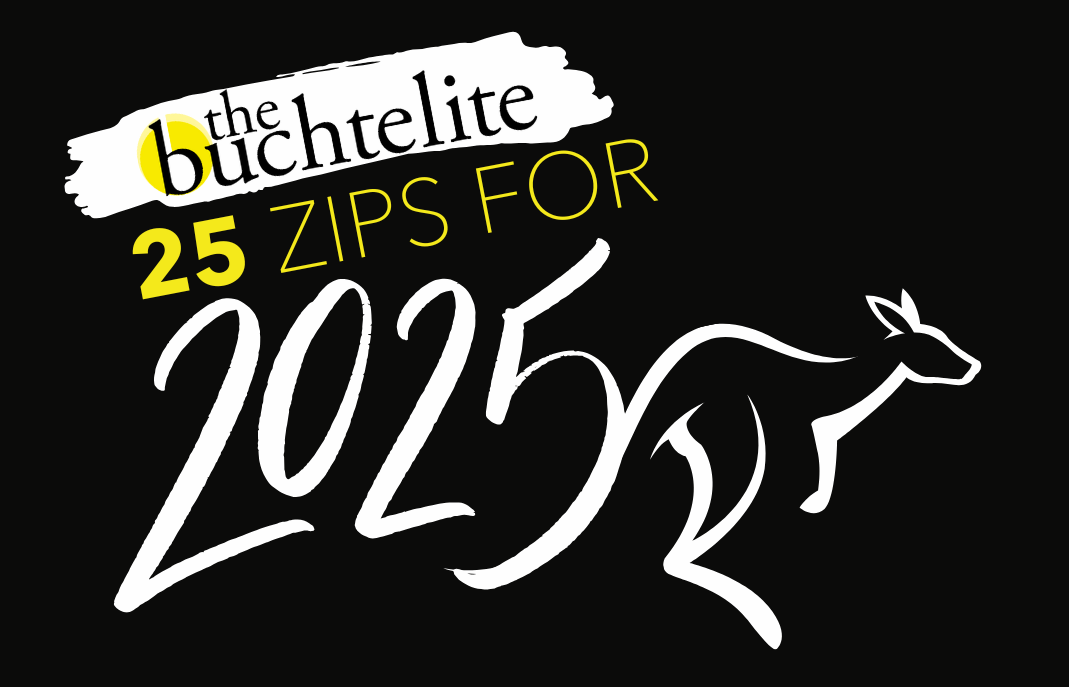What to consider when renting or leasing
March 5, 2015
Students confronted for the first time with finding a place to live have many things to take into account, both when looking for and at a potential residence.
Rentals and leases are nearly the same; however, rental properties operate on a monthly basis, while leases have a specified term length.
Affordability is paramount. Whether apartment or house, a person would do well to only spend 25 or 35 percent of after-tax income on rent and housing.
Quicken, a personal finance software company, recommends 25 percent of a person’s income on rent alone. That percentage can climb, however, when utilities and renter’s insurance are added.
Renter’s insurance is a small amount of money paid monthly to insure a tenant’s stuff—$15 on average, according the National Association of Insurance Commissioners. It typically covers any loss to personal property by robbery or accident. Unless specified in a lease agreement, Ohio residents are not required by law to buy renter’s insurance.
Utilities—water, trash, heating, cooling, electricity, cable, and more—may be included with monthly rent. The price of basic utilities fluctuate, but are usually around $100 a month. Some landlords will cover certain utilities but leave it up to the tenant to pay for others deemed nonessential, such as cable.
Rent, utilities, and renter’s insurance are not the only costs, though.
Security deposits are paid before move-in and stored in savings accounts throughout a tenant’s stay. A security deposit is usually the price of one month’s rent, and is returned within 14 to 30 days after a tenant moves out. A landlord can use this deposit to pay for a tenant’s early termination of an agreement or the costs of a tenant leaving a property in disrepair.
Sometimes it is difficult to retrieve a security deposit, as landlords have myriad ways to escape paying it back. Because of this, it is recommended that a person thoroughly document the residence’s condition before he or she moves in. Photos can help with this, as well as a tenant-landlord checklist.
When it comes time to move out, a tenant can use the photos and checklist from the beginning of the term to show that no damages occurred during the tenant’s stay—securing the deposit return.
Landlords usually require a rental application fee too, which ranges from $20 to $40. This fee lets the landlord check a person’s credit history among other things.
Though price is vital, choosing a residence involves much more than it, and other information must considered.
For example: When is rent due each month? And how must it be paid? These questions ensure that a tenant avoids any fees that come with late or missed rent.
Also important is the make-up of other tenants and neighbors: What are they like? What are their tendencies? These questions ensure that a person understands the contrasts between his or her lifestyle and the residence’s environment, and whether they can coexist.
Questions of security also arise in regard to other tenants and neighbors: What is the recent history of break-ins? What about car break-ins? Where does a car get parked (if there is parking)? Does parking cost money?
Landlords can answer questions like this, but so can current tenants. They can also answer questions that cannot be fairly answered by a landlord: Do they feel safe? How are the neighbors? How easy is it to work with the landlord?
Landlords can be strict or lax, so a prospective tenant benefits from knowing what a landlord does and does not allow: Are pets allowed? Is smoking allowed? What alterations can be made to a dwelling?
Knowing how repairs are handled is important. Landlords are required by law to ensure that a dwelling is habitable, but may shift minor repairs—and their costs—to a tenant. A rental agreement will determine what minor repairs are.
Other factors are subletting and liability.
Subletting is when a person other than the rental agreement’s signers live in its residence, such as a tenant’s friend. Does the landlord allow this? Does the subtenant have to pay more?
What about when a roommate doesn’t pay his share of the rent or terminates early? Do his or her roommates have to pay for this?
A person can ask these questions when visiting prospective rentals with a landlord or owner. While visiting, other concerns can be checked too: whether doors and windows open and close properly (and lock), if sinks, toilets, and showers run water and with how much pressure, if any major damages exist already, if the carpets and floors are suitable, and if mold, mildew, or insects are prevalent.
Finally, lease or rental agreements seal the deal.
Before signing, prospective tenants can bring up all of the things they want changed or that concern them—anything in an agreement is negotiable. Once signed, however, nothing can be changed.
Landlords sometimes make oral promises when negotiating, but such promises mean nothing unless they are written down in the rental or lease agreement. Prospective tenants benefit from putting every deal into writing, and only signing a lease when all of their concerns are assuaged.












